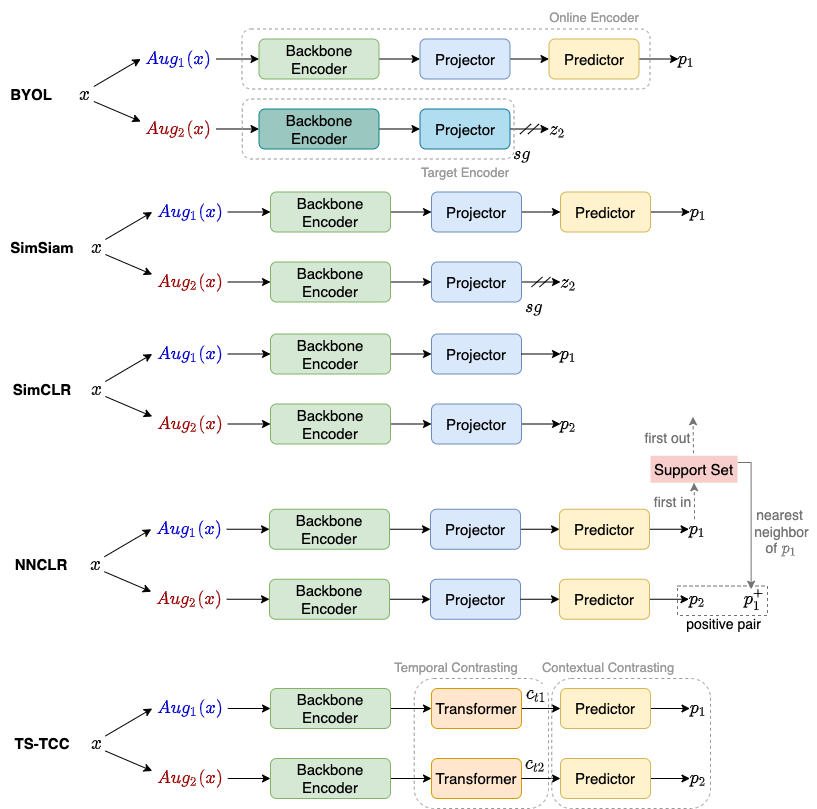What Makes Good Contrastive Learning on Small-Scale Wearable-based Tasks?
Self-supervised learning establishes a new paradigm of learning representations with much fewer or even no label annotations. Recently there has been remarkable progress on large-scale contrastive learning models which require substantial computing resources, yet such models are not practically optimal for small-scale tasks. To fill the gap, we aim to study contrastive learning on the wearable-based activity recognition task. Specifically, we conduct an in-depth study of contrastive learning from both algorithmic-level and task-level perspectives. For algorithmic-level analysis, we decompose contrastive models into several key components and conduct rigorous experimental evaluations to better understand the efficacy and rationale behind contrastive learning. More importantly, for task-level analysis, we show that the wearable-based signals bring unique challenges and opportunities to existing contrastive models, which cannot be readily solved by existing algorithms. Our thorough empirical studies suggest important practices and shed light on future research challenges. In the meantime, this paper presents an open-source PyTorch library \texttt{CL-HAR}, which can serve as a practical tool for researchers. The library is highly modularized and easy to use, which opens up avenues for exploring novel contrastive models quickly in the future.
PDF Abstract



